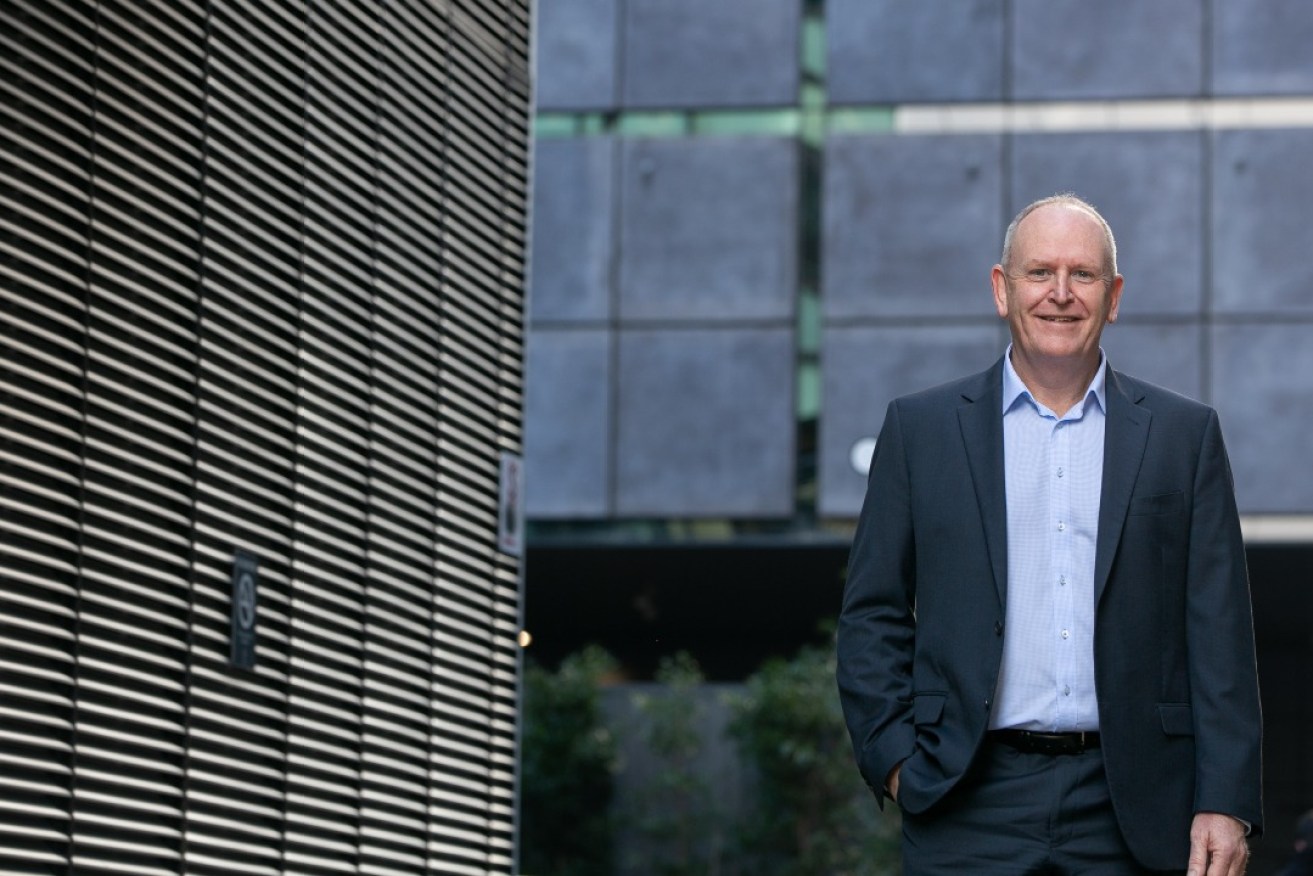How good could it be if we had the people?
Jamie McKeough, the managing director of William Buck, argues that bigger migration numbers into South Australia is the best solution to many of the economic difficulties facing the state.

The William Buck CFO will take place in
Confidence is up across the South Australian business community despite the headwinds of increased costs, successive interest rate rises and the lack of workers.
The September quarter results of the Business SA William Buck Survey of Business Expectations also showed improved business conditions, and sales/revenue, from both the last quarter and 12 months ago.
While the costs of running the business, materials and wages may have increased in the quarter, the increases were below expectations. The survey, however, was conducted before the announcement of the Federal Budget and the 50 per cent energy price hikes over the next two years.
The biggest challenge for businesses continues to be labour availability, with 70 per cent of businesses currently experiencing labour shortages.
There are a number of reasons for this, including staff turnover where we see in the last year the number of businesses with annual staff turnover of greater than 10 per cent almost doubling from 23 per cent to 40 per cent.
So where are the workers going when they leave?
One in three is looking for a career change, and one in three remains in the same industry (16 per cent go to a competitor). Over half are leaving for higher pay and benefits, 24 per cent seek a better work/life balance, and 18 per cent found a more flexible workplace.
I have just returned from the United States to meet our global partners and I can tell you that this labour shortage is a global challenge.
The post-COVID-19 demand for a more flexible workplace is real, and the demand for workers as a result of heavily government-stimulated economies has disrupted labour markets. All this has created the unique set of dynamics that we are currently experiencing and means businesses short on labour are trying to do more with less, which then puts extra pressure on workers.
The results around the availability of labour are not necessarily a shock in this quarter, but there are some surprising numbers. Like that more than 45 per cent of businesses have had to hire someone who previously would not have met their pre-requisites.
Businesses are also paying more in wages.
In fact, 70 per cent will pay more than 10 per cent above market rates to recruit someone (and 30 per cent of businesses more than 20 per cent above market rates). A third gave an eight per cent pay increase or higher (more than the current rate of inflation) to existing workers in the last year.
However, only a third of businesses are putting selling prices up. Unless they have realised productivity gains in the quarter this means they are facing less profit and less ability to invest in jobs, training, plant and equipment, or R&D.
This is not ideal. It continues to be my position that businesses should (if they can) increase their prices to cover these wage and other cost increases.
What can be done? Unfortunately, there is no one solution.
Last week’s Federal Budget announced increased expenditure in skills, however the genuine opportunity for the business community to help solve labour shortages, and for the broader Australian economy to benefit, is increased migration. It is an often-quoted statistic that for every migrant that enters Australia, four jobs are created.
We have the work here in Australia, combined with a very low unemployment rate, therefore we lose the broader economic benefit of the work if we send the work overseas.
Let’s look at the numbers.
Over the past decade, Australia has had around 160,000 international migrants per year, which has been increased to 195,000 in the recent Federal Budget. But we had two years of borders closed and next to no migration. We are still down on intake.
The Malinauskas Government needs to ensure we get our share of these migrants into South Australia to help solve our labour shortages, grow our population and contribute to our economy.
Subscribe to Business Insight for more news and analysis delivered free to your inbox every Monday morning. It’s as easy as clicking here.





